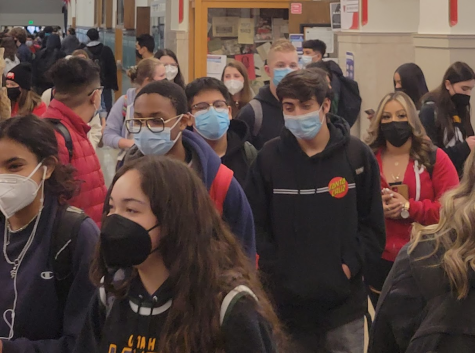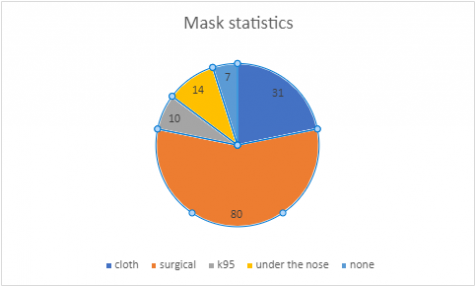Student Behavior on Zoom
October 27, 2020

7 months ago, COVID-19 put a cork in our lives and regular schooling procedures. From March 13th to the end of the school year, students completed their schoolwork through Canvas, an online course management system. The Salt Lake City School District Board held multiple meetings to discuss the possible reopening of schools by the start of the school year. It was decided on July 30th that the district would be starting the school year with online rather than in-person schooling. This introduced Zoom calls, an aspect of online learning that we didn’t use during the end of the previous school year.
Zoom meetings took a moment to get used to. But now that we’re halfway through the first term most students and teachers have settled in. When school was still being held in person, it was expected that students would attend class, participate, and only talk when prompted to do so.
Disruptions from students usually resulted in a punishment of some sort from an instructor. While the learning environment of an online class is much different from that of an in-person class, good behavior is still expected of students. A serious issue arises with this news. How should teachers handle misbehaving students over Zoom?
The go-to punishment is simply removing the ill-behaved student from the Zoom call. This seems to be the only viable option because although teachers can mute participants as the host, the students can still unmute themselves from their computer. While this may prevent a student from learning the material, it is important that they first remember how to behave themselves in a classroom setting. After all, their disruptions could prevent the entire class from hearing important information.
The scenario created above seems unlikely. It is hard to imagine students unmuting and descending into madness live on a Zoom call. Sadly, this has happened multiple times throughout the first term. These stressful occurrences are now being referred to as “Zoom bombings” by students and teachers.
Zoom-bombing is when someone enters a Zoom call they are not intended to be a part of and broadcasts graphic images via screen sharing or yell profanities if they are not muted.
Most would assume this is a problem with an easy solution – just kick anyone out of your meeting who is not supposed to be there. But that has not stopped Internet trolls from trying to do some damage. There were over 240 Zoom disruption reports to the FBI in late May, and some schools have even decided to move away from Zoom to other platforms, such as Google Meet.
We emailed teachers at West, and discovered that they have not been able to avoid interactions like this either, although they have not been as severe as the cases from Madison Public Schools in Connecticut or Miami University. Ms. Chamberlain responded to us saying, “It was disruptive for a second. The good part was I got some emails from students checking in on me after it happened to make sure I was OK.”
While our own experiences, fortunately, have not been as severe as those from other schools across the country, it doesn’t mean that Zoom-bombings are not an issue. Zoom seems to recognize this, as they now have several resources and recent announcements on the Privacy and security section of their website concerning ways to keep uninvited guests out of their Zoom call, also including tips for national cybersecurity month. They also have a post titled “Best Practices for Securing Your Virtual Classroom,” which gives teachers tips to guarantee the safety of their online classrooms.
All in all, Zoom says they are taking the new disruptions, “very seriously.” Giving teachers more control over security measures over their virtual classes seems to be a step in the right direction.



Allan rice • Dec 3, 2020 at 8:04 pm
Interesting and timely article. Education is evolving Nice work.